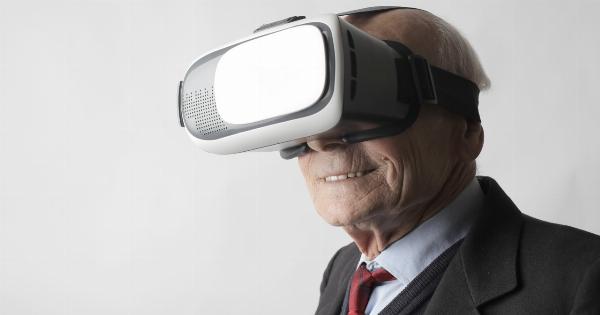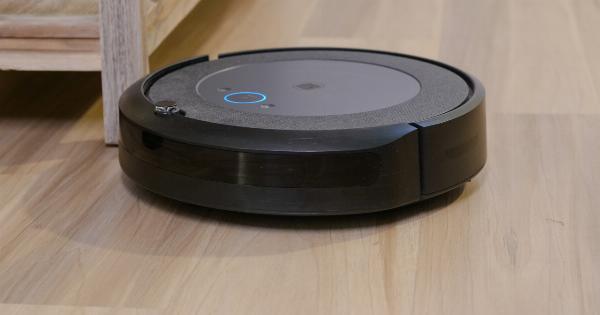Being able to feel the world around us is one of the senses that we often take for granted. However, for those who have lost their sense of touch due to injury or illness, the world can become a very different and isolating place.
But thanks to advances in robotics technology, patients are learning how to feel again.
What are Robotic Hands?
Robotic hands are devices that are designed to mimic the dexterity and sensitivity of human hands. They can be controlled through a range of different methods, including remote control and brain-computer interfaces.
This makes them incredibly versatile, and they have a range of different applications in healthcare, manufacturing, and other industries.
When it comes to healthcare, robotic hands are being used to help patients who have lost their sense of touch. This can be due to a range of different conditions, including spinal cord injuries, strokes, and nerve damage.
By using a robotic hand to stimulate the nerves in the affected area, patients can slowly begin to regain their sense of touch.
How do Robotic Hands Work?
The way that robotic hands work varies depending on the specific device and application. However, in general, robotic hands are designed to mimic the movements and sensations of human hands.
This is achieved through the use of sensors, motors, and other electronic components.
When a patient moves the robotic hand, sensors in the device detect the movement and send signals to the motors. These motors then move the various joints and fingers of the robotic hand in response to the patient’s movements.
In some cases, the robotic hand may also be equipped with sensors that can detect pressure and tactile sensations.
To help patients regain their sense of touch, the robotic hand is used to stimulate the nerves in the affected area. This is typically done through the use of electrical or magnetic stimulation.
When the nerves are stimulated, the patient may feel sensations such as pressure, warmth, or tingling.
The Benefits of Robotic Hands for Patients
For patients who have lost their sense of touch, robotic hands can be life-changing. By helping patients regain their sense of touch, these devices can improve their ability to perform everyday tasks and enhance their overall quality of life.
Some of the specific benefits of robotic hands for patients include:.
- Improved ability to perform fine motor tasks
- Increased independence
- Enhanced sense of self-esteem and confidence
- Reduced social isolation
Overall, the use of robotic hands in healthcare represents a major breakthrough in the treatment of patients with sensory loss. By providing patients with the opportunity to feel again, these devices can make a profound difference in their lives.
The Future of Robotic Hands in Healthcare
The future of robotic hands in healthcare is bright. As technology continues to advance, it is likely that these devices will become even more sophisticated and versatile.
This, in turn, will lead to new and innovative applications in healthcare and other industries.
One exciting area of research is the development of brain-computer interfaces that allow patients to control robotic hands through their thoughts.
This could be particularly useful for patients with severe spinal cord injuries or other conditions that affect their ability to move their limbs.
Another area of research is the development of more realistic and lifelike robotic hands.
This could help patients regain their sense of touch more quickly and effectively, as these devices would be better able to mimic the sensations of real human hands.
Conclusion
Robotic hands are a groundbreaking technology that is helping patients regain their sense of touch and improve their overall quality of life.
As this technology continues to evolve, it is likely that we will see even more innovative applications in healthcare and other industries.
For patients with sensory loss, the gift of touch provided by robotic hands is truly life-changing. These devices offer hope, independence, and a renewed sense of connection to the world around us.




























